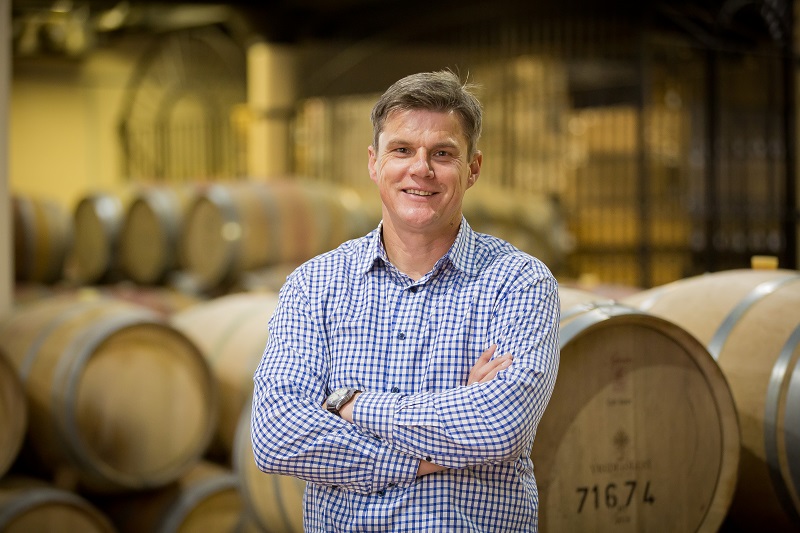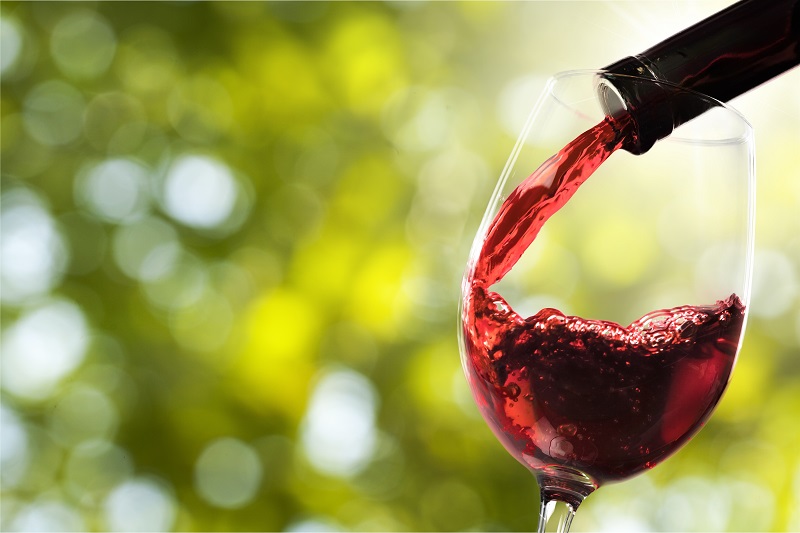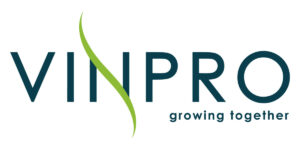The South African wine industry has entered a new phase of repositioning, consolidation and reinvestment. Climate change, shifts in production and demand and financial pressures have led to the industry becoming smaller and required producers and wineries to rethink the way they do business.
“Our wine industry has gone through a tough time in the past decade. Although many of our producers and wineries are still under tremendous financial pressure, I believe as a collective, the industry is turning a new corner with renewed energy and focus,” says Rico Basson, MD of the wine industry organisation Vinpro, which represents 2 500 South African wine grape producers, wineries and wine-related businesses.
The annual State of the South African Wine Industry takes a look at the factors that drove these changes during 2018 measured against the 2025 targets the industry set for itself through WISE (Wine Industry Strategic Exercise), and what lies ahead in 2019.
2019 crop at a record low
According to the 2019 South African Wine Grape Harvest Report issued on 6 May, the 2019 wine grape crop will at 1 225 620 tonnes be 1.4% smaller than last year’s drought-hit crop, and the smallest crop since 2005.
Berries and bunches were smaller and lighter than normal due to unfavourable weather conditions during flowering and set, as well as above-average winds early in summer. Regions such as the Olifants River and Klein Karoo are still feeling the after-effects of the three year drought, while rainfall in other areas in March also contributed to losses due to rot.
At the same time, vineyards are ageing and the wine grape area shrunk by nearly 6% in the past five years as wine grape producers who were under financial pressure planted less vines than were uprooted. Producer profitability remains a concern at an average return on investment (ROI) of 2%, albeit an improvement from 1% in 2017.
Maintain upward price shift
The second successive small harvest, along with limited carry-over stock from 2018, means wine pricing will most likely remain steady and robust this year, building on increases in wine prices of 24% on average for bulk wine and 5% for packaged wine in the market in the course of 2018.
This could also be seen in an increase in the value of both exports and domestic wine sales in the year ending February 2019.

While global competition remains strong and pricing will depend on availability, especially from South Africa’s counterparts in the Southern Hemisphere, the industry now needs to maintain this upward shift in price-point per litre.
Sales volumes were down in both the local and domestic markets in 2018, in part due to a 15% drop in production as a result of the drought. “Stock levels are expected to remain at an equilibrium for the remainder of the year, although shortages have been recorded of certain varietals and price categories, in which case wine has been, and will be, imported to meet the demand,” says Yvette van der Merwe, executive manager of South African Wine Industry Information & Systems (SAWIS).
At export level, an 11% increase in value to R9.06 billion from 1 January to 31 December 2018 reflects the positive sentiments towards South African wine in international markets, despite a 6% decrease in volume to 420.2 million litres of wine sold internationally during the same period.
According to Siobhan Thompson, CEO of Wines of South Africa (WoSA), the industry will continue to focus on driving both value and volume growth in high potential wine markets in Asia, Africa and North America while maintaining market share and growing value in the traditional European markets. “Strategically these markets each require a very different approach, however we are seeing good growth in terms of recognition and building Brand South Africa, especially driving our premium offering.”
Vinpro and South African Liquor Brand Owners’ Association (Salba) will continue to secure preferential trade in these and other prominent export markets through its WineBiz stakeholder manager.
Reinvestment on the cards
“Many wine grape producers and wineries are ready to reinvest in the industry,” Basson says. The vines that have been ordered for the upcoming planting season are still less than the 5 000 ha required to maintain the industry’s area under vines, however virus-free, market-driven cultivars will be planted that are destined for specific brands through contracts.
“The industry is continuously learning to adapt to climate change by turning research theory and technology into practical, innovative solutions in the vineyard or winery,” Gerard Martin, executive manager of Winetech says.
Wine tourism is expected to build on a solid foundation laid in 2018, boosting South Africa’s image even further as the world’s premier wine destination. The industry continuously strengthens its core by promoting ethical trade.
Transformation is likely to gain momentum in 2019, through focused support, funding and programmes of the South African Wine Industry Transformation Unit (TU), a new business unit operating alongside WoSA, Winetech and SAWIS.
“The TU remains committed to the wine industry’s transformation targets by providing support to black-owned enterprises, black farmers and entrepreneurs in the wine value-chain,” says Wendy Petersen, operational manager of the TU. Limited funding is one of the major challenges facing these entities and the TU is instrumental in helping them gain access to funding and support, in alignment with other industry stakeholder programmes.
“People are the cornerstone of our industry. We therefore aim to improve the well-being and development of those living and working in the wine industry through various initiatives at industry and farm level that address harm reduction, socio-economic and training and development,” Basson says.
Rethink your business model
Although there is a trend towards higher prices and premiumisation, most businesses still need volume in order to maintain its operations. The fact that the harvest is smaller and sales volumes have dropped, undoubtedly puts pressure on these businesses to rethink their models and consider mergers, acquisitions and partnerships.
“We are smaller, but more focused, confident and ready to invest in our future. It starts with every link in the wine value-chain. Forge and maintain relationships with the right partners and work together towards an adaptable, robust, profitable and globally competitive South African wine industry,” Basson says.
The State of the SA Wine Industry 2018/19 includes an overview of return on investment, stock levels, transformation, local wine sales, exports, bulk vs packaged sales, ethical trade and wine tourism.
The report is brought to you by the wine industry bodies Vinpro, Salba, SAWIS, Winetech, WoSA and TU.




